1. Crystal Doorknobs
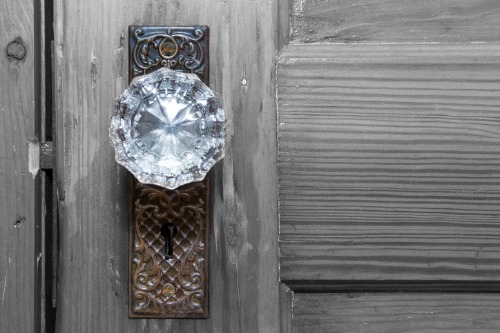
Crystal doorknobs, popular from the 1910s through the 1940s, caught the light like jewelry for the home. They weren’t just about status; glass was a practical alternative to metal during wartime shortages. Their intricate facets sparkled in natural sunlight, creating tiny rainbows across hardwood floors. Every turn of the knob felt like a small ceremony, grounding you in the tactile rhythm of home life.
Over time, these knobs would develop faint scratches and a comforting looseness—a history you could feel in your hand. They told stories of decades of comings and goings, children running late, and guests stepping in from the cold. Their weight and coolness added texture to everyday life. You didn’t just open a door—you touched a bit of family history.
2. Transom Windows Over Doors
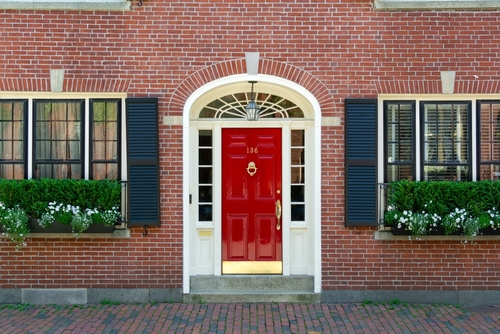
Before air conditioning, transom windows weren’t just decorative—they were functional. These little hinged windows above doors helped circulate air between rooms, keeping homes cooler and fresher. They often featured stained or frosted glass, adding personality while maintaining privacy. Today, their craftsmanship and practicality remind us of a time when airflow was an art form, not a button press.
Transoms also let in light, which made narrow hallways or interior rooms feel brighter and more open. The soft glow from one room to another gave homes a sense of continuity and warmth. You didn’t just move from one sealed-off box to the next—you felt connected to the whole house. That subtle sense of movement and light made even quiet moments feel alive.
3. Built-In Corner Cabinets
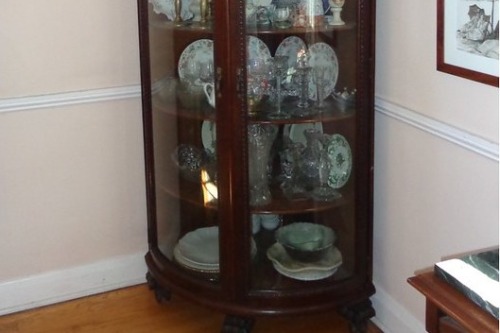
Corner cabinets were a clever way to make use of awkward dining-room corners while showing off prized china or glassware. These built-ins often featured glass doors and scalloped shelving, adding both utility and charm. They saved space in smaller homes and created a sense of intimacy around the dining table. Even the creak of a cabinet door felt familiar, almost comforting.
Beyond their practicality, these cabinets acted as quiet storytellers. Every teacup or crystal bowl inside represented family rituals and traditions. The cabinets became living archives of birthdays, holidays, and Sunday dinners. In that way, they weren’t just furniture—they were witnesses.
4. Radiators That Hummed and Clicked
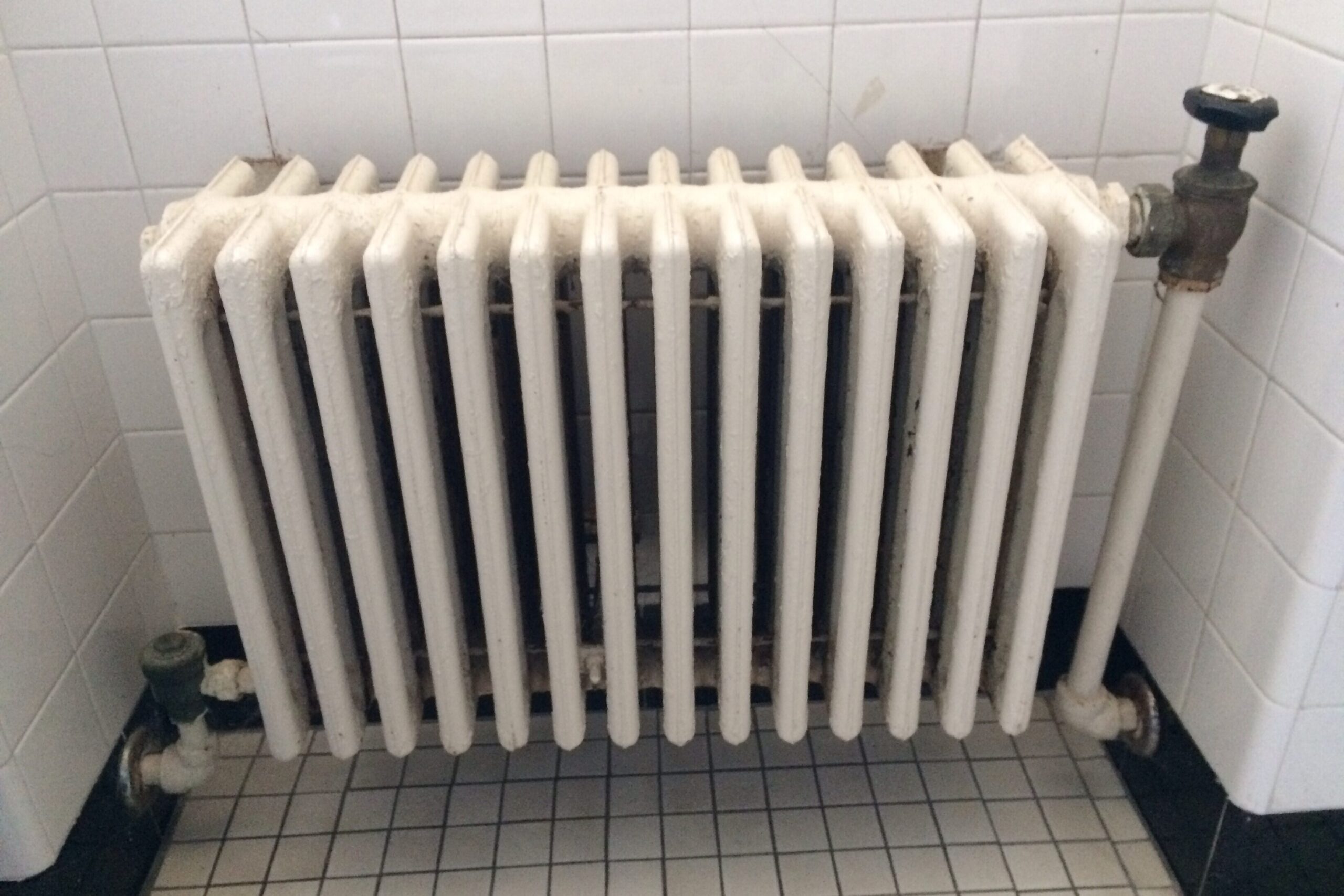
Before forced-air heating, radiators ruled the winter months with their gentle clanks and hisses. Each sound was its own kind of lullaby—a mechanical heartbeat in every room. The warmth radiated slowly, making the air feel softer, not dry or sterile. Kids draped wet mittens on them, and cats curled up on the floor beside them.
The radiator’s presence was tactile and almost alive. You could feel it breathe and sigh as the steam moved through the pipes. That constant hum was the sound of comfort on a freezing night. Old homes didn’t just stay warm—they spoke warmth.
5. Push-Button Light Switches
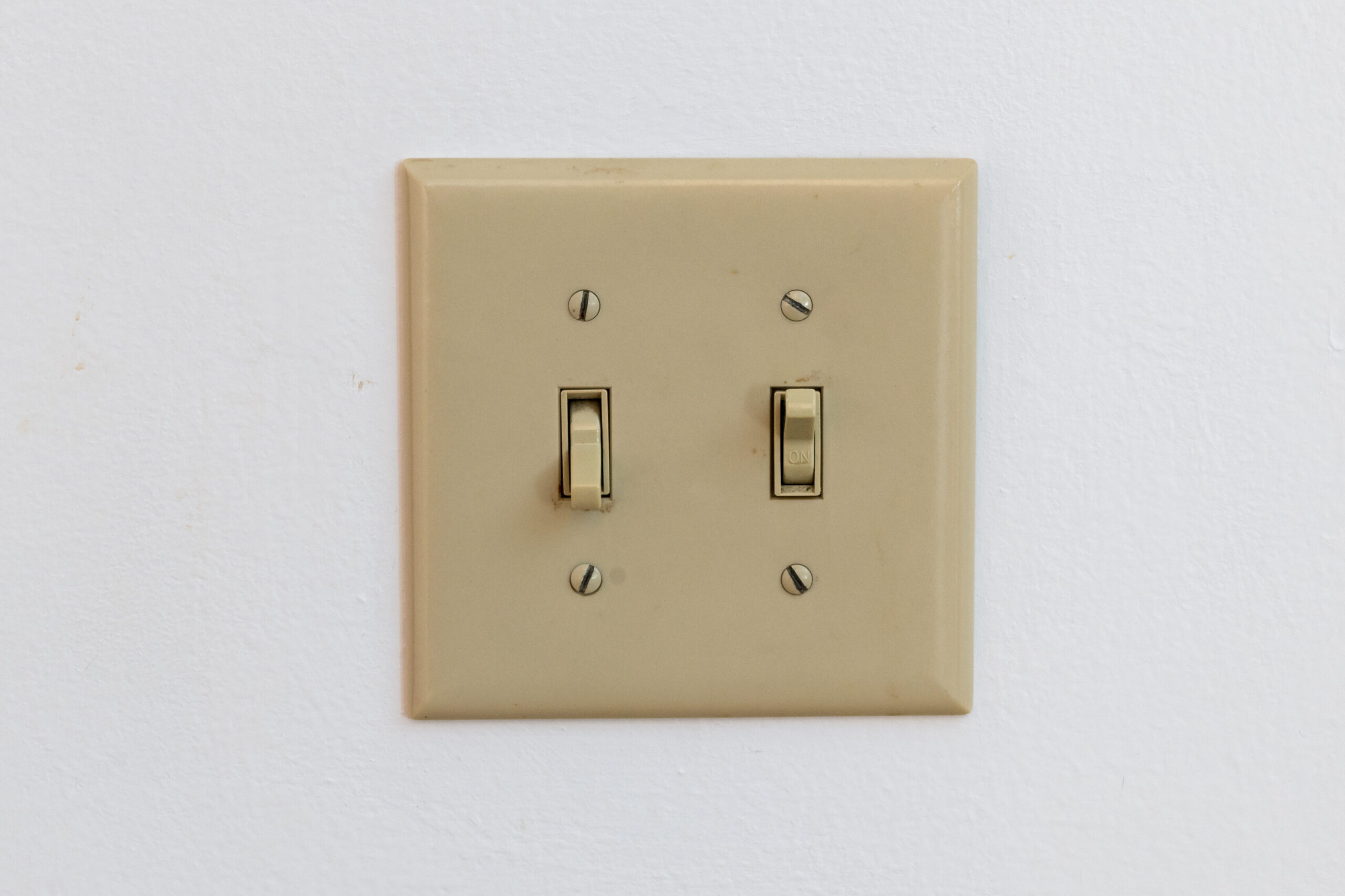
Those old ceramic push-button switches, popular in early 20th-century homes, had a satisfying click. One button turned the light on, the other turned it off—simple, tactile, elegant. The small act of pressing them felt intentional, a far cry from today’s anonymous plastic toggles. Even the faint resistance of the button made you more aware of light itself.
They often had brass or nickel plates that aged beautifully over time. Each fingerprint and tarnish mark added to their patina, telling you who had lived there before. They were tiny relics of a time when design didn’t separate function from beauty. Every light switch was a miniature moment of interaction, not just utility.
6. Picture Rails
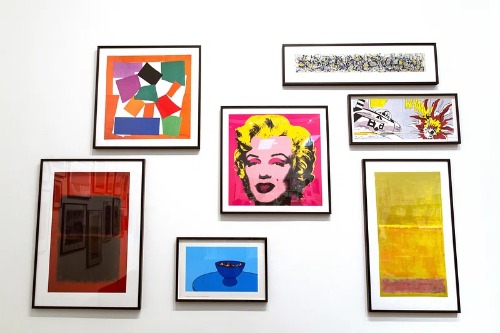
Before walls were plastered and painted with latex, hanging art was risky—hammering nails could ruin the plaster. Picture rails solved that, offering a thin strip of molding near the ceiling for hooks and wires. Homeowners could rearrange their artwork without damage, letting walls evolve with time. It made interiors flexible and personal in a way that modern drywall rarely does.
The effect was subtle but profound. Art hung a bit lower, closer to eye level, giving rooms an intimate, lived-in feeling. And the gap between rail and ceiling created graceful visual balance. Even bare, those rails gave the sense that life was unfolding on the walls.
7. Skeleton Keyholes
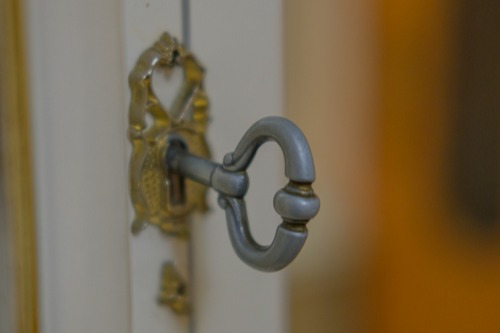
Old doors with skeleton keyholes carried a kind of mystery. Each key was slightly unique, designed for its specific lock, which made every door feel like its own little secret. The metal escutcheons were often ornate, shaped like shields or scrolls, adding personality to plain wood. Turning one of those heavy keys was a physical act—slow, deliberate, almost ceremonial.
You could peek through a keyhole and see a sliver of light or motion beyond, like a whisper of life in another room. That connection between spaces felt quietly intimate. It wasn’t perfect security, but it was perfectly human. The imperfections themselves made the house feel more real.
8. Window Seats
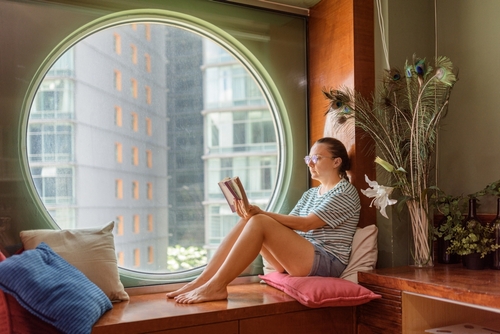
Window seats were small sanctuaries tucked into the architecture, often in Victorian or Colonial Revival homes. They turned unused wall space into a cozy nook for reading, dreaming, or simply watching the rain. Cushions faded from sunlight, and the wood beneath developed a warm polish over decades. Each seat invited pause—a physical reminder to slow down.
The design also had a practical side. Underneath the seat, builders often included storage, perfect for blankets or linens. But more than that, window seats framed the view, connecting the inside of the house to the world beyond. They made solitude feel companionable rather than lonely.
9. Dutch Doors
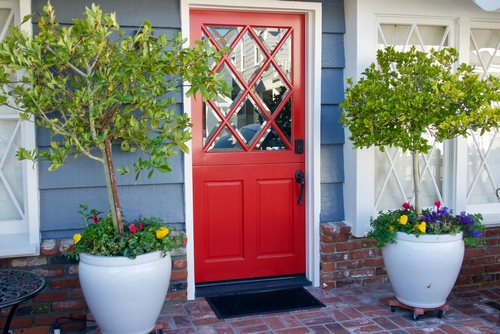
Dutch doors, divided horizontally so the top could open while the bottom stayed shut, brought the outdoors in without inviting in the chickens. Common in 18th- and 19th-century homes, they let in fresh air and conversation between kitchen and yard. You could talk to neighbors or keep an eye on children while cooking. They blurred the line between home and community in a practical, human way.
Over time, those doors became symbols of hospitality—open to a breeze, a hello, or a helping hand. Their design made sense for daily life long before the phrase “indoor-outdoor living” existed. They embodied both security and openness. You could close the world out or welcome it in, just by unlatching half a door.
10. Crown Molding
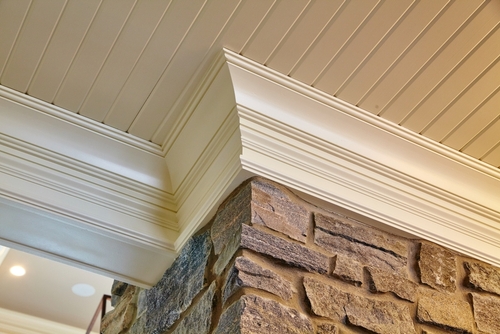
Crown molding was never just decorative; it was a handshake between wall and ceiling. In older homes, it softened sharp corners and disguised plaster seams. Craftsmen took pride in these details, hand-carving profiles that caught the light beautifully. The shadows cast by the molding gave rooms depth and grace.
It also conveyed craftsmanship you could see and feel. Even in modest homes, a bit of molding made a space feel finished, dignified, cared for. The slight imperfections from handwork added warmth, not flaw. That quiet touch of human skill gave rooms their soul.
11. Wainscoting
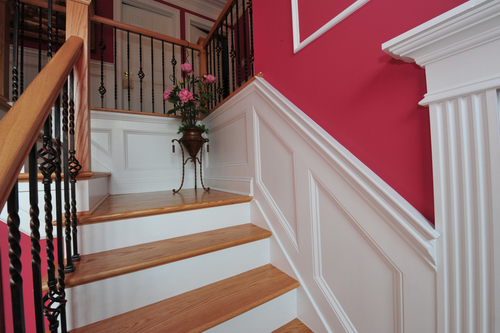
Wainscoting began as protection—wood paneling to guard plaster from chair backs and scuffs. But in old homes, it became art, with beadboard or raised panels adding rhythm to a wall. It grounded rooms visually, making high ceilings feel cozier. The repetition of vertical lines echoed the human scale, balancing elegance and comfort.
It also told a story of evolution: styles changed, but the impulse to make practical things beautiful stayed. Painted white, stained dark, or aged naturally, wainscoting aged gracefully with the home. You could see the brushstrokes, the wear, the years. It was both armor and poetry for the walls.
12. Mail Slots in the Door
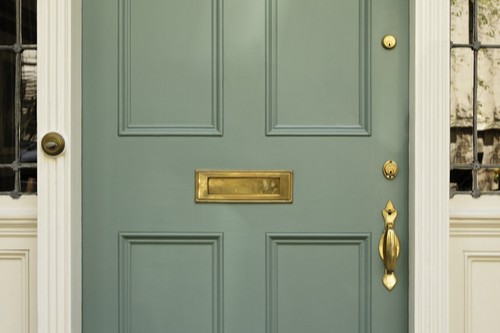
Before mailbox clusters and digital notifications, the clink of mail through a door slot was a daily ritual. You’d hear it and know something had arrived—a letter, a bill, maybe a postcard from far away. The mail slot was small, but it connected the private world of home to the wide, bustling outside. It was a simple, satisfying sound of contact.
These slots were often framed in brass, polished by decades of hands. They made the act of receiving mail feel more personal and immediate. Even the wear around the edges told you this was a home that communicated, that mattered to someone else. The mail slot was proof of presence, a heartbeat in metal form.
13. Hardwood Floors That Creak
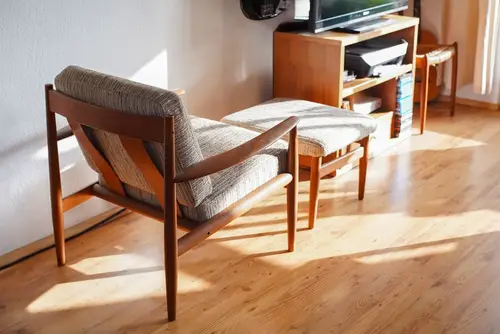
Creaking floors are the soundtrack of an old house. Each board expands and contracts with the seasons, responding to humidity and time. The sound isn’t a flaw—it’s the home breathing, reminding you it’s alive. Walk across one in the dark, and it feels like a quiet conversation between you and the structure itself.
Hardwood floors also tell stories through their wear patterns. You can see where people paused most often—near a window, a kitchen counter, a favorite chair. The shine dulls in places that were loved hardest. That patina of use is a record of life, not something to erase.
14. Chimney Nooks and Mantels
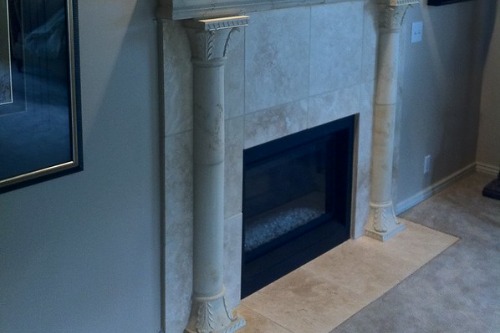
Before central heating, the fireplace was the home’s heart. The mantel above it became a stage for family photos, heirlooms, and seasonal decor. Even when the fire wasn’t lit, the hearth radiated presence—a gathering place that anchored the house. The crackle and scent of wood created a sense of safety and belonging.
The design details around the fireplace—tiles, carvings, or brickwork—often reflected the home’s character. Each was a small masterpiece, unique to its builder’s taste. Over time, soot, heat, and life softened those edges. That weathering didn’t diminish beauty—it deepened it, much like the homes themselves.
This post 14 Small Household Details That Made Old Homes Feel Alive was first published on Greenhouse Black.
